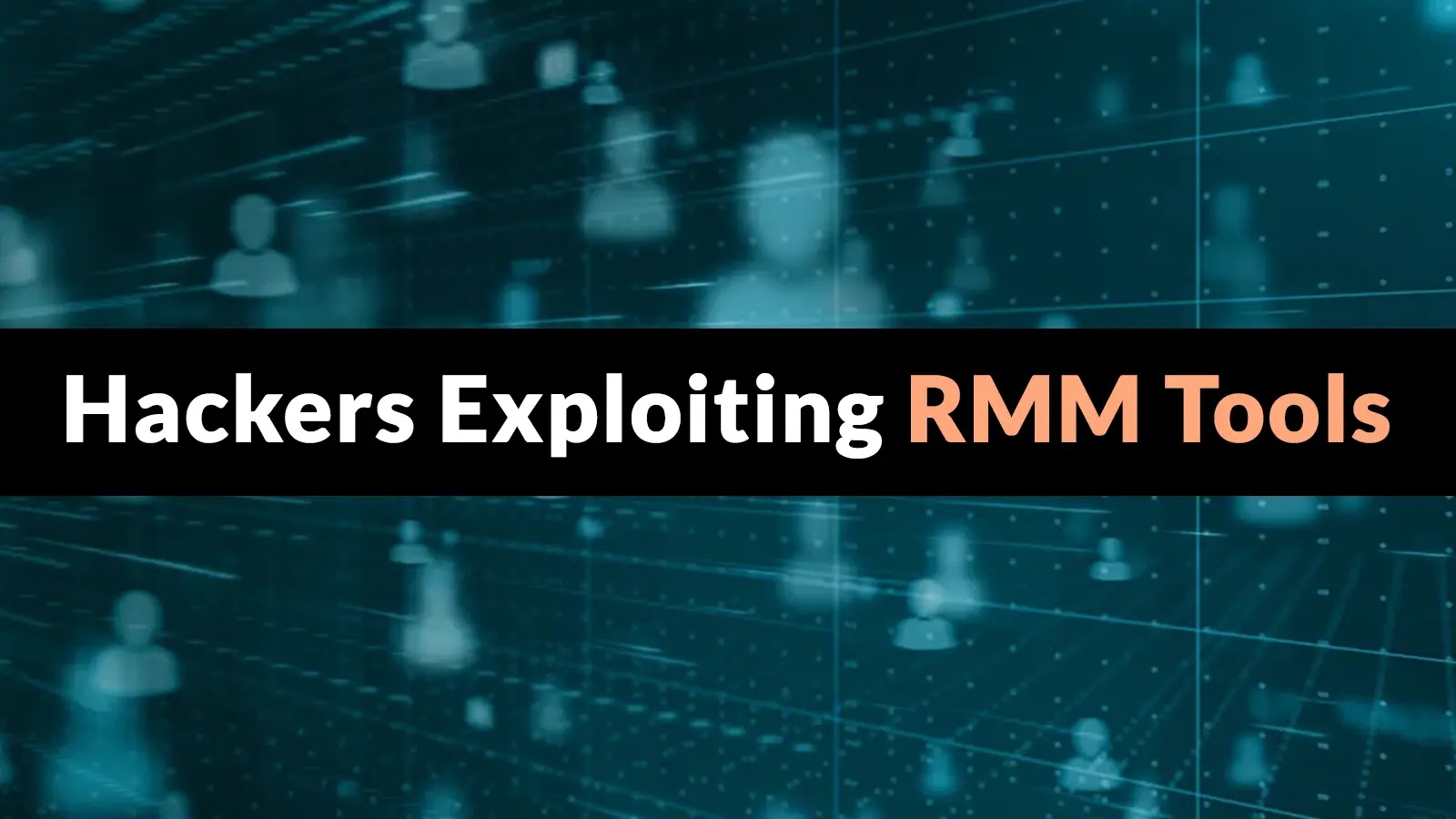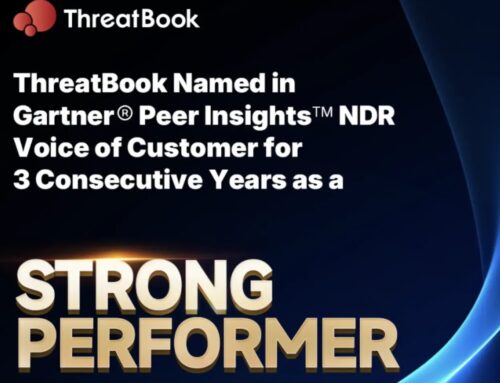
Hackers Exploiting RMM Tools LogMeIn and PDQ Connect to Deploy Malware as a Normal Program
The lines between legitimate system administration and malicious backdoor access are blurring. A disturbing trend has emerged where cybercriminals are weaponizing widely used Remote Monitoring and Management (RMM) tools, specifically LogMeIn and PDQ Connect, to deploy malware under the guise of normal software installations. This sophisticated attack vector bypasses traditional security measures, presenting a significant threat to organizations and individual users alike.
RMM Tools: A Double-Edged Sword
Remote Monitoring and Management (RMM) tools are indispensable in IT environments, enabling administrators to remotely oversee and maintain computer systems, servers, and networks. Products like LogMeIn and PDQ Connect offer powerful capabilities for patch management, asset tracking, and remote troubleshooting. However, these very functionalities, designed for efficiency and control, are now being exploited by malicious actors.
Cybercriminals recognize that legitimate RMM tools are often whitelisted by security software, making them ideal conduits for covert operations. By manipulating these tools, attackers can gain persistent access, execute arbitrary code, and exfiltrate data without triggering immediate alerts. The technique observed leverages LogMeIn Resolve (formerly LogMeIn Central) and PDQ Connect, transforming them from administrative aids into stealthy malware delivery mechanisms.
The Deceptive Lure: Fake Software Downloads
The initial compromise often begins with social engineering. Attackers create convincing fake websites that mimic legitimate software download portals. Users, seeking popular applications like Notepad++, 7-Zip, or even ChatGPT, are directed to these fraudulent sites. Instead of downloading the genuine software, victims inadvertently download a malicious package. This package doesn’t contain the intended application but rather a subtly camouflaged installer for the RMM tool.
Once executed, the RMM tool – LogMeIn Resolve or PDQ Connect – is installed as a seemingly normal program on the victim’s system. This legitimate installation process, often signed with valid certificates, blends seamlessly into the operating system’s activity. The true malicious payload, whether it’s ransomware, information stealers, or persistent backdoors, is then deployed through the compromised RMM session, appearing to security tools as routine IT administration.
Attack Mechanics: How RMM Exploitation Works
The success of these campaigns lies in their ability to abuse trust and legitimate infrastructure. Here’s a breakdown of the typical attack flow:
- Phishing/Malvertising: Attackers lure victims to fake software download sites through deceptive ads, poisoned search results, or targeted phishing emails.
- Malicious Installer: The downloaded file is not the advertised software but an installer package configured to deploy LogMeIn Resolve or PDQ Connect.
- Legitimate RMM Installation: The RMM tool is installed on the victim’s machine. Crucially, the attackers have pre-configured this RMM instance to connect back to their own command-and-control (C2) server.
- Covert Malware Deployment: Once the RMM connection is established, attackers leverage its remote execution capabilities to deploy additional malware. This could be anything from keyloggers to ransomware, all under the radar of traditional endpoint detection tools that see a legitimate RMM connection.
- Persistence and Evasion: The RMM tool itself provides a persistent backdoor, allowing attackers repeated access to the compromised system. Since the RMM communication uses standard ports and protocols, it often bypasses network firewalls and intrusion detection systems looking for known malicious traffic patterns.
Remediation Actions and Prevention Strategies
Defending against these sophisticated RMM exploitation attacks requires a multi-layered approach focusing on user education, robust endpoint security, and network monitoring.
- Educate Users: Conduct regular cybersecurity awareness training. Emphasize the importance of downloading software only from official vendor websites or trusted application stores. Teach users to scrutinize URLs and look for warning signs of fake websites.
- Implement Strong Application Whitelisting: Restrict the execution of unauthorized applications. Allow only approved software to run on endpoints. This can significantly mitigate the impact of malicious RMM installations.
- Enforce Principle of Least Privilege: Limit user permissions to the bare minimum required for their roles. This prevents attackers from easily installing new software or making system-wide changes even if they gain initial access.
- Advanced Endpoint Detection and Response (EDR): Deploy EDR solutions that can monitor process behavior, detect anomalous RMM activity (e.g., LogMeIn connecting to an unfamiliar IP address), and identify post-exploitation malware deployment.
- Network Traffic Monitoring: Monitor network traffic for unusual connections originating from RMM tools. Legitimate RMM usage should have predictable patterns; deviations could indicate compromise.
- Regular Security Audits: Periodically audit RMM tool configurations and ensure that only authorized accounts have access to manage endpoints. Look for unexpected RMM installations on systems.
- Software Supply Chain Security: Verify the integrity of all downloaded software. Use cryptographic hashes (MD5, SHA256) provided by legitimate vendors to confirm the downloaded file hasn’t been tampered with.
- DNS Filtering and Web Content Filtering: Block access to known malicious domains and categorize suspicious websites, preventing users from landing on fake download pages.
Detection Tools and Resources
Utilizing appropriate tools can significantly aid in detecting and mitigating RMM exploitation threats.
| Tool Name | Purpose | Link |
|---|---|---|
| LogMeIn Resolve ( legítimo) | Remote Management & Control (monitor for unauthorized instances) | https://www.logmein.com/products/pro |
| PDQ Connect (legítimo) | Remote Device Management (monitor for unauthorized instances) | https://www.pdq.com/products/pdq-connect |
| Osquery | Endpoint visibility and host intrusion detection via SQL queries | https://osquery.io |
| Sysmon | System activity monitoring for detailed event logging | https://docs.microsoft.com/en-us/sysinternals/downloads/sysmon |
| Wireshark | Network protocol analyzer for suspicious RMM traffic | https://www.wireshark.org |
Conclusion
The exploitation of legitimate RMM tools epitomizes the evolving tactics of cybercriminals. By leveraging trusted software and social engineering, attackers are finding new ways to bypass traditional security perimeters and establish persistent footholds within target networks. Organizations must adapt their defenses to these sophisticated threats, focusing on comprehensive user education, advanced endpoint protection, and proactive network monitoring. Vigilance and a robust security posture are paramount in protecting digital assets against these insidious attacks.





